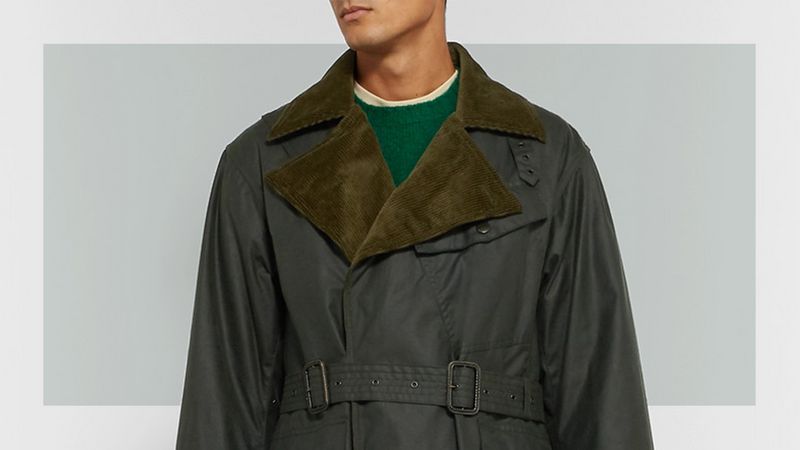THE JOURNAL

Despite the fact that some 82.84 per cent of the British population now reside in what the World Bank describes as an urban environment – and given the nation’s role as ground zero for the Industrial Revolution, this unbalanced ratio has been in place for some time – Britain has long been viewed through a pastoral prism. The UK might currently be the world’s fifth-largest economy, but it is perhaps best known globally for the bucolic beauty of its countryside (and Harry Potter). And, sure enough, should you venture beyond the tarmac orbital that separates British cities from what lies beyond, the rural idyll is often, well, pretty idyllic. But, we hasten to add – and as anyone who has ever been forced out of their front room on a quest for a Duke of Edinburgh’s Award, or attended an over-optimistic spring wedding under a marquee in Dorset will attest – the British climate can be uniquely tricky.
It is no accident that some of the foremost clothing brands to spill out of Britain, much like most of the conversation in this country before Brexit came along, take weather into account. Chief among these outfitters is Barbour, a company set up in 1894 by Scotsman Mr John Barbour in similarly parky (which is British for cold) South Shields, England, and one that, with royal patronage has gone on to become almost symbolic of the backwoods of Britain. In particular, its waxed and quilted jackets have become the garb of Middle England, both the geographic place and the metaphorical heartland where The Daily Telegraph sells best.
But equally, the label has gained a deserved reputation for its woolly sweaters and moleskin, corduroy and tattersall clothing. “Game” pockets made it a perennial favourite with, yes, poachers you’d imagine, but also dog walkers in need of a place to stow poop bags and a slobbery tennis ball. Barbour was also quick to attach itself to motorsports and motorcycles in particular, and the founder’s grandson, who was a keen motorcyclist, was the first to introduce hardwearing and weatherproof waxed cotton to riding apparel.
All of which is well and good, but could suggest that the brand is somewhat antiquated, best left to hang to dry in Grandad’s musty shed. However, this assessment is way off the mark. In the past decade, the iconic waxed jacket has made notable inroads into urban centres, and the brand has chalked up collaborations with the likes of Wood Wood and White Mountaineering. As with Patagonia, it is a label that has stuck to its guns – in Barbour’s case, a hunting rifle – done what it does best and seemingly accidentally become the focus of appreciation from the fashion industry. Just desserts for a job done well.
The world keeps on turning, but – and like the present incumbent of the White House, we’ll ignore the imminent threat of climate change here unless it directly affects us or our stationery – the British countryside is going nowhere. You better dress for it.